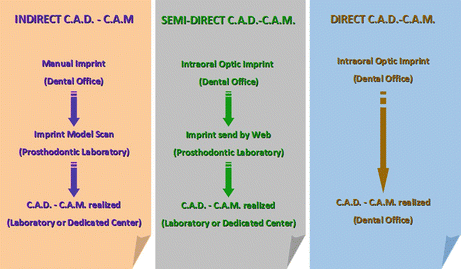

(In the above gure, four machines are connected.) Click a icon to display the machi. Display Explanation MACHINE STATUS The connected machines are displayed with square icons (). VPanel Window and Functions 8 Chapter 1 Operation Screen No. When more than one machine is connected, the machine displayed in the MACHINE. The display of the VPanel icon changes depe.ħ Chapter 1 Operation Screen VPanel Window and Functions Top Window The top window displays the statuses of connected milling machines and an output list of milling data. ĭisplaying or Exiting VPanel 6 Chapter 1 Operation Screen VPanel Display in the Task Tray When the VPanel icon is displayed in the task tray, the status of a connected milling machine is always monitored. It has functions for outputting cutting data, performing maintenance, and making various. ĥ Chapter 1 Operation Screen Displaying or Exiting VPanel What Is VPanel? VPanel is an application that allows milling machine operation on a computer screen. To ensure correc.Ĥ Chapter 1 Operation Screen Displaying or Exiting VPanel.5 What Is VPanel?. Copyright © 2017-2018 DGSHAPE Corporation Thank you very much for purchasing this product. ģ Contents Company names and product names are trademarks or registered trademarks of their respective holders.
#Open dental manual manual#
The clutch forks will interchange between the 164 and 157 tooth bellhousings, but be sure to look up the part number stamped on them to double check what you have.User's Manual 3 Maintenance 2 Milling 1 Operation Screen 4 Troubleshooting For the latest information regarding this machine (including manuals), see the DGSHAPE Corporation website ().Ģ Contents Contents. Ford used the same bellhousings throughout many years and decided to keep the same codes. These codes should be used more as a part number as opposed to a date code.
#Open dental manual code#
This 164 tooth bellhousing has a 1965 date code on it, however it was behind a ’69 302 with a 4 speed top loader. This 157 tooth bellhousing has a 1965 date code on it. The easiest way to identify the bellhousings is to simply look up the part numbers. The later 164 tooth bellhousing has more ribs in the casting. Notice the ribbing: the earlier style bellhousing for the 157 tooth flywheel appears to have less of these structural ribs.

The bellhousings look fairly similar, but there are some key differences between the two. The 157 tooth flywheel used a starter that would interchange with an automatic transmission equipped car since they used a 157 tooth flexplate. The 164 tooth bellhousing used a specific starter meant for manual transmissions. If you have a 157 tooth flywheel in a 164 tooth bellhousing, the teeth of the starter would never reach the flywheel. The larger bellhousing offsets the starter slightly to make up for the larger diameter flywheel. On a Ford, the starter mounts to the bellhousing itself. Naturally, the 164 tooth flywheel is slightly larger than the 157 tooth making it require a slightly larger bellhousing. There is a specific bellhousing for each flywheel as well.

From there, one can look for casting numbers to further identify the flywheel. There wasn’t much consistency with parts selection to begin with not to mention that parts get swapped out over time! The best way to tell what flywheel your motor has is to simply count the number of teeth on it. It is never safe to assume which one you have just because you know the year of the motor. Depending on the year of your motor and its application, it could have come with either a 157 tooth flywheel or a 164 tooth flywheel. Later 289 motors along with all 302 and 351 Windsor motors used the more common 6 bolt pattern. The later 302 motors used a 50 oz imbalance flywheel and harmonic balancer.Ģ60 and early 289 V8’s used a 5 bolt bellhousing pattern on the back of the engine block. For example, Ford 260, 289, early 302 along with all 351 motors used a 28 oz imbalance flywheel and harmonic balancer. Leave it to Ford to have a million different parts that do the exact same job for the same motors.


 0 kommentar(er)
0 kommentar(er)
